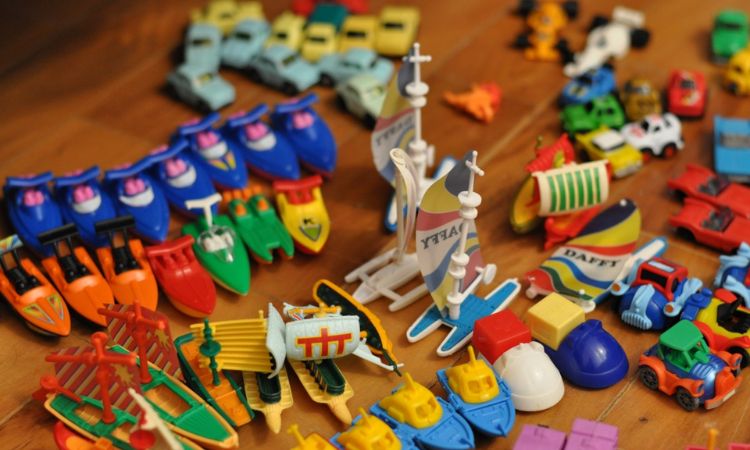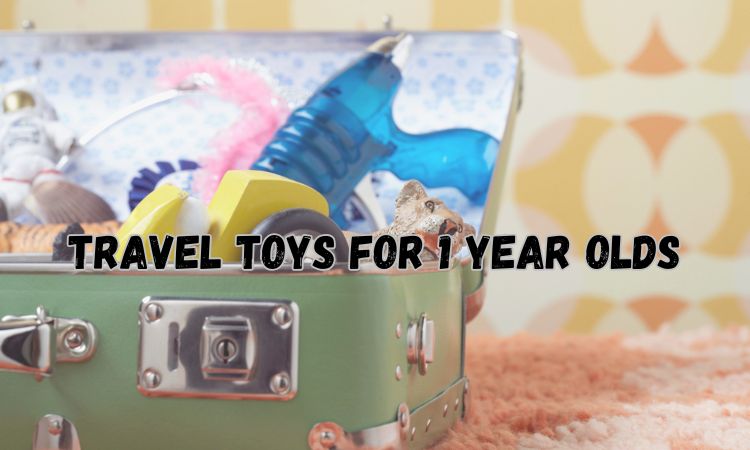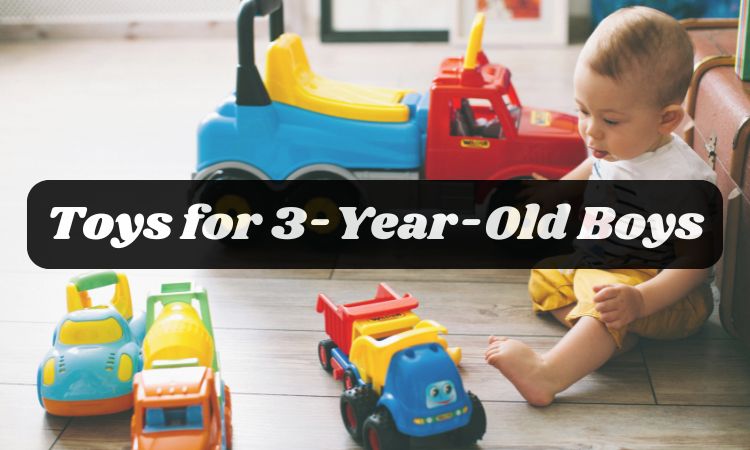Outdoor play supports healthy development in young children, boosting physical strength, sparking creativity, and building emotional confidence. But outdoor toys can get messy quickly and need regular cleaning to stay safe and enjoyable. You might be dealing with a muddy slide or baby toys that have spent too much time outside. A proper cleaning routine keeps everything in good shape. In this guide, we’ll explore how to clean outdoor toys properly, store them the right way, and keep everything tidy and ready for the next playtime. Let’s get started!

Essential Cleaning Supplies
Before learning how to clean outdoor toys, it's important to have the right tools on hand. Using safe and effective cleaning supplies ensures your child’s toys are both hygienic and well-maintained without damaging the materials. Start by gathering:
● Mild dish soap
● White vinegar
● Baking soda
● Warm water
● Soft-bristle brush or sponge
● Microfiber cloths
● Bucket
● Garden hose
● Protective gloves
These supplies are effective yet gentle on materials and safe for children.
How to Clean Outdoor Toys by Material?
Keeping outdoor toys clean is essential for your child’s health, safety, and developmental play. Whether it’s a slide, sandbox tools, or a favorite bunny music player from Alilo, regular cleaning helps extend the life of toys and ensures a hygienic environment. In this section, we’ll walk through cleaning techniques based on material type.
Plastic Toys
Plastic is one of the most common materials for outdoor toys due to its durability and versatility. However, exposure to outdoor elements can lead to the growth of mold, accumulation of dirt, and bacteria buildup, especially in small crevices. To keep plastic toys safe and looking their best, follow these simple cleaning steps:
● Rinse: Begin by hosing off all visible dirt and debris. Pay attention to joints or hollow parts that may collect standing water.
● Wash: Mix a few drops of mild dish soap in a bucket of warm water. Use a soft-bristled brush or sponge to scrub all surfaces, focusing on textured areas where grime can hide.
● Disinfect: After washing, spray toys with a solution of equal parts white vinegar and water. Allow this to sit for 10–15 minutes to kill most bacteria and surface mold naturally.
● Rinse Again: Use clean water to rinse off the vinegar solution.
● Dry: Let toys air dry in direct sunlight (which helps further sanitize) or use a clean microfiber cloth to wipe them down completely.

Wooden Toys
Wooden toys are valued for their tactile qualities and use of natural materials, aligning with Montessori’s principles of simple, real-world materials that appeal to children’s sensory sensitivities. However, wood is porous and can easily absorb moisture, which can lead to warping, mold, or even splintering if not properly maintained, so it’s best to stick to a gentle routine that protects the material while keeping wooden toys clean:
● Dust: Start by wiping off any dry dirt or sand with a clean cloth. Avoid brushing aggressively, as this can scratch the finish.
● Clean: Lightly dampen a cloth with a solution of warm water and a few drops of gentle soap. Wipe the toy, ensuring the cloth isn’t too wet.
● Disinfect: You can lightly spray a mix of water and vinegar (50/50 ratio) for sanitizing. Do not soak the wood, too much moisture can cause it to swell or crack.
● Dry: Allow toys to dry thoroughly in a shaded, well-ventilated space. Avoid placing wooden toys in direct sunlight for long periods, as this can dry out and crack the wood.

Metal Toys
Metal toys, such as wagons, tricycles, or climbing bars, are extremely durable but can be vulnerable to rust and weather damage if left unattended. To help metal toys last longer and stay rust-free, it’s a good idea to clean and protect them regularly using these steps:
● Rinse: Use a hose or pressure sprayer to remove loose dirt and debris.
● Scrub: Combine warm water with mild dish soap and scrub the toy using a brush or sponge. Focus on seams, joints, and any painted or coated surfaces.
● Rust Removal: If rust is visible, make a paste with baking soda and water. Apply the paste to the affected area and scrub gently with a brush. For stubborn rust, let the paste sit for 30 minutes before scrubbing.
● Dry Thoroughly: Metal toys should always be dried completely to prevent future rust. Use a dry cloth or towel, especially around bolts and crevices.
● Protect: Apply a light coat of car wax or metal protectant to outdoor metal toys. This adds a protective layer against moisture and UV exposure.

Tips on How to Store Outdoor Toys
Storing your toys properly preserves their lifespan and keeps your space clutter-free. Here’s how to organize outdoor toys efficiently:
● Use Covered Bins: Waterproof containers prevent moisture buildup.
● Store Off the Ground: Use wall hooks or shelving to improve airflow.
● Rotate Toys by Season: Keep only current toys accessible to avoid clutter.
● Label Bins: Help kids identify where each toy goes.
● Create Play Zones: Designate spaces for building blocks, physical play, or pretend play.
● Use Clear Containers: Easy visibility encourages children to tidy up independently.
● Repurpose Garden Furniture: Benches with built-in storage can double as seating and toy chests.
● Daily Clean-Up Routine: Encourage children to put toys back where they belong after use.
Conclusion
Kids love their outdoor toys, but all that fun comes with a bit of mess. Giving those toys a regular clean keeps them safe to use and helps them last longer. If you’re unsure how to clean baby toys that have been outside, just stick to simple, non-toxic methods and clean them gently based on the material. With a bit of routine care, you can keep your child’s play area fresh, tidy, and ready for more fun, without the fuss.
FAQs
What to clean outside toys with?
Clean outside toys using warm water mixed with mild soap or white vinegar. This combination is safe for children and effectively removes dirt, grime, and bacteria from most surfaces.
How do you clean plastic toys that have been outside?
To clean outdoor plastic toys, hose off dirt, scrub with mild soap and water, disinfect with white vinegar, then rinse and let them dry completely in the sun.
How to clean an outdoor plastic slide?
To clean an outdoor plastic slide, spray with water, scrub using dish soap, rinse thoroughly, and dry. For tough stains, apply a baking soda paste and scrub gently.
How do you clean toys that can't be washed?
For toys that can't be washed, wipe them down with a cloth dampened in a vinegar solution. Gently clean the surface and dry thoroughly to prevent moisture damage.







Share and get 5% off!
Simply share this product on one of the following social networks and you will unlock 15% off!